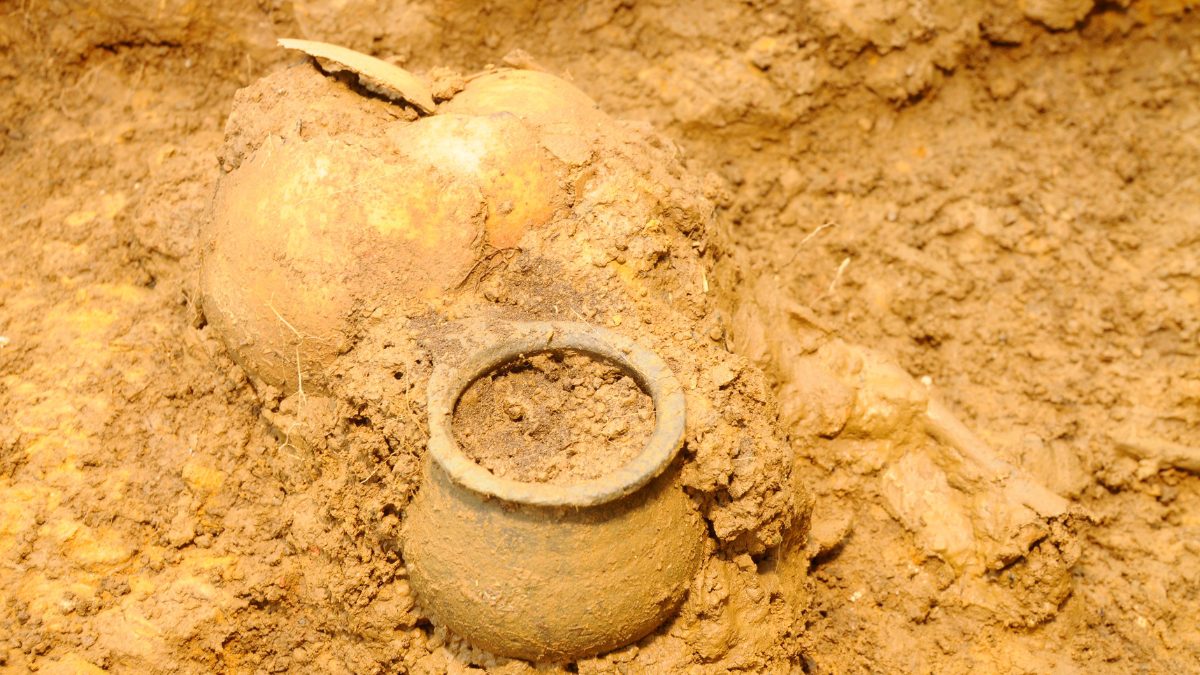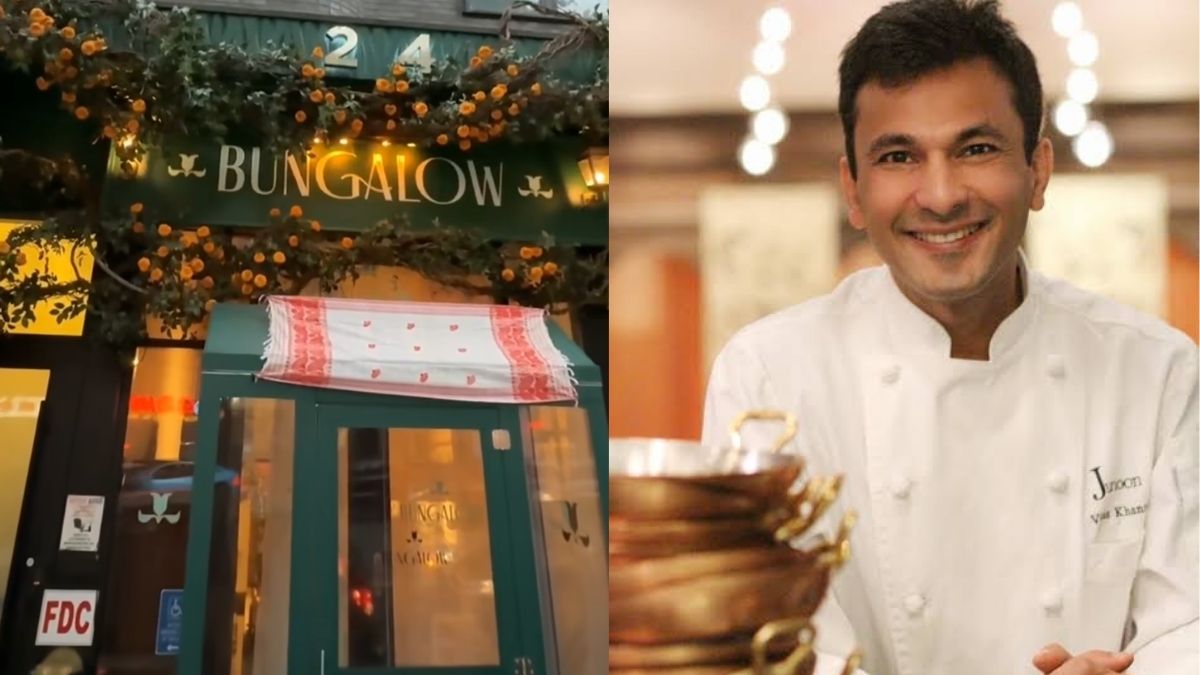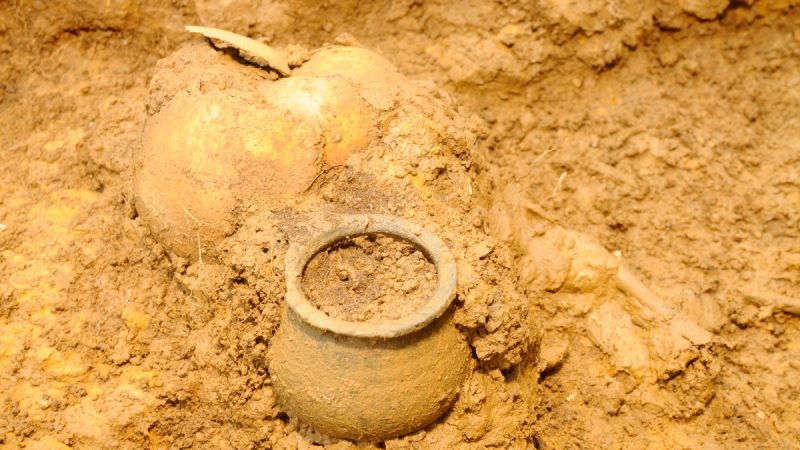Archaeologists from Kerala University have discovered crucial hints that can change the course of ancient history and provide insight into the identity of the Indus Valley civilisation’s enigmatic founders. In the vicinity of the ancient city of Harappa, their most recent expedition uncovered a wealth of artefacts and buildings that date back more than 5,200 years. At Padta Bet, a location tucked away close to Khatiya village in Gujarat’s Kachchh district, the team—led by assistant professors Abhayan G.S. and Rajesh S.V.—made a revolutionary discovery.
Kerala University Team Digs Up A Harappan Settlement In Kachchh

The excavation was carried out in cooperation with several prestigious organisations, such as Texas A&M University and the Catalan Institute of Classical Archaeology. It has revealed important information regarding the cultural development and lifestyles of the prehistoric Harappans.
According to The Hindu reports researchers faced a special challenge as it was tucked away on the slopes of a small hillock. It was because of the settlement’s strategic location and the unstable nature of the surrounding area. However, the team found the remains of some rectangular and circular buildings made of sandstone and shales mined nearby. These buildings provide enticing new perspectives on the Harappan civilisation’s architectural prowess.
Kerala Researchers Found Key Clues
New Harappan graveyard on Padta Bet hillock, near the Necropolis of Juna Khatiya.
Why is it that we have abundant sources of ancient remains but a non-existent output of genomic studies on them? Even China is way ahead of us. Indian population history is critical & strategic! pic.twitter.com/H4w59Wwgkw
— Joseph T Noony (@JoeAgneya) April 4, 2024
From the early to the late Harappan periods, the artefacts found at Padta Bet offer a window into the daily lives of the Harappan people, Mr. Rajesh shared with The Hindu. The variety of artefacts discovered includes tools made of lithic and copper, terracotta spindle whorls, semi-precious stone beads, and pottery. Furthermore, evidence of edible shell pieces and animal traces suggests that the prehistoric inhabitants engaged in shellfish exploitation and animal domestication.
Unique ceramic types found in the discovery are among its most intriguing features. They may indicate a local pottery tradition that was not previously acknowledged in Harappan archaeology. This shows that the Indus Valley civilisation was home to a diverse range of cultures.
According to Mr. Abhayan, erosion may have covered up a lot of the structural remnants. It certainly emphasises the need for more research to understand how intricate the settlement was. Furthermore, Padta Bet’s advantageous location provides access to a nearby stream and expansive views of the surrounding valley. It suggests that the ancient inhabitants gave careful thought to settlement planning.
Historians and enthusiasts alike are looking forward to seeing how the Indus Valley civilisation plays out.
Cover Image Courtesy: Canva (Representative Image)





